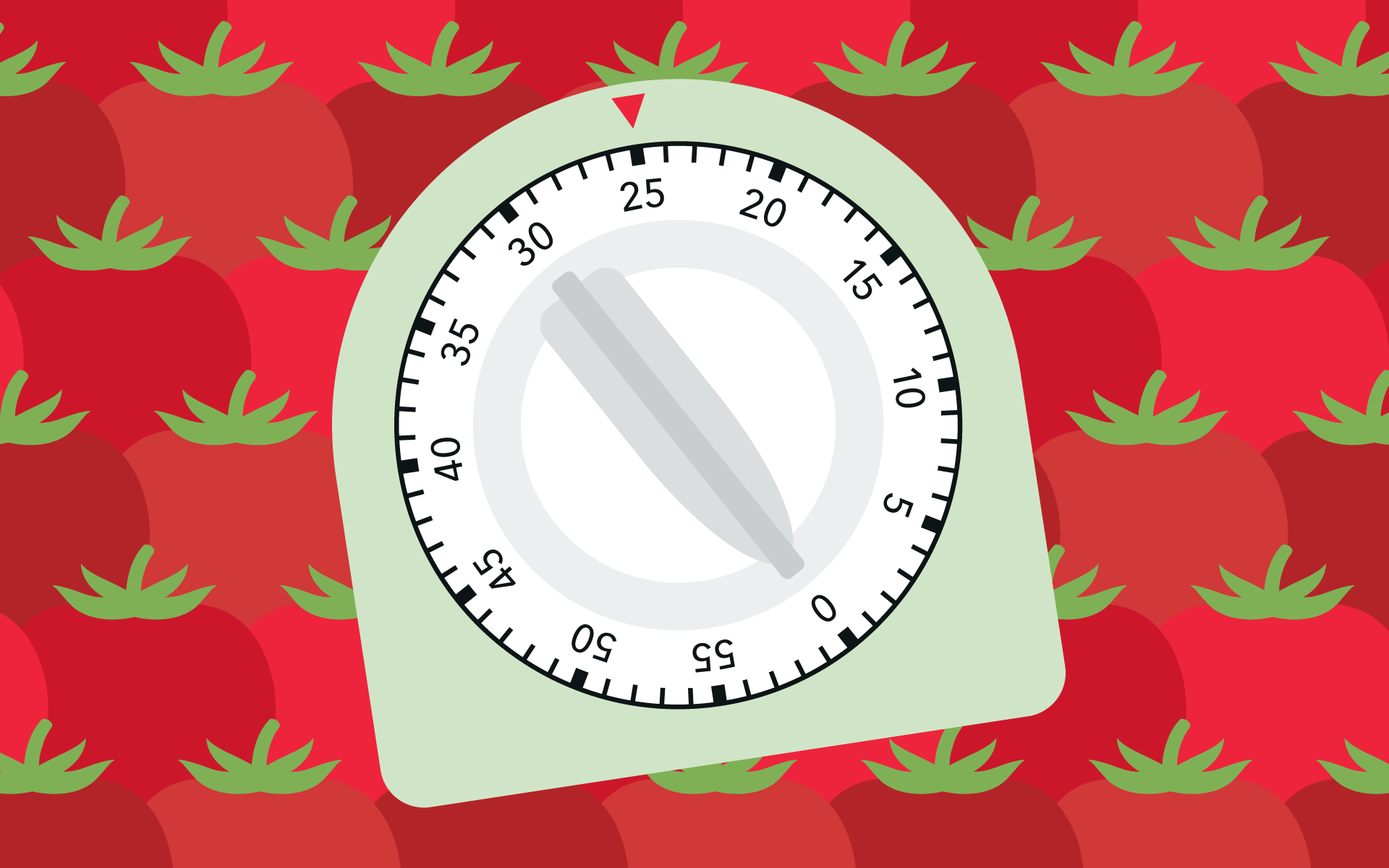Common chord progressions are common for one reason: they sounded good when songwriters used them in the past, so songwriters who have come after know that using these common chord progressions will also sound good. Songwriting is an art form that requires creativity, imagination, and an understanding of music theory, but if we’re being honest, there’s also a degree of “fake it ‘til you make it.” And with that approach in mind, one technique you could try is to utilize similar chord progressions as existing songs to write your own. Everybody else is doing it, so why shouldn’t you, right? Heck, even if you’re an established songwriter, trying on somebody else’s chord progression is at the very least a fun exercise, and at best it could lead to a major hit song.
What Is a Chord Progression?
First things first, let’s talk about what a chord progression is before we get into common chord progressions. Simply put, it’s the order in which chords are played in a song. And while there are countless chord progressions out there, some are more commonly used than others. Let’s take a look at some of the most common chord progressions. It’s likely you’ll instantly recognize them as soon as we share a couple examples.
STUDY SONGWRITING WITH BERKLEE ONLINE
The I IV V (1 4 5) Chord Progression
One of the most common chord progressions is the I IV V (or 1 4 5) progression. You’ve probably heard it before, even if you don’t know it by its fancy Roman numerals. It’s a heavily used progression and it has appeared in hit songs that span decades like 1958’s “La Bamba” by Ritchie Valens, the chorus of 1965’s “Like a Rolling Stone” by Bob Dylan, the verse of 1976’s “Blitzkrieg Bop” by the Ramones, 1977’s “My Best Friend’s Girl” by the Cars, 1983’s “Walking on Sunshine” by Katrina and the Waves, and more. Once you learn the two basic types of major barre chords on guitar, you’ve opened up the gate to a million songs, starting with the I IV V. It’s a simple but effective progression that can be used in a variety of genres to create a catchy and memorable song.
The I V vi IV (1 5 6 4) Chord Progression
Then there’s the I V vi IV (or 1 5 6 4) progression, also known as “the four magic chords,” which is used in pop hits like Jason Mraz’s “I’m Yours” or Journey’s “Don’t Stop Believin’.” You can say it’s overused—The Beatles’ “Let It Be,” Bob Marley’s “No Woman No Cry,” U2’s “With or Without You,” Lady Gaga’s “Poker Face,” to name a few—but it’s a versatile and popular progression that can be used in a variety of genres. If you want to hear more than 40 additional songs that use this progression you should take a look at Axis of Awesome’s viral “Four Chords” video, which, if you haven’t seen it yet, it’s worth the six minutes to join the 46 million people who have. Based on the video’s popularity, some people even refer to the I V vi IV progression as “the Axis Progression.”
The vi IV I V Chord Progression
Another common progression is the vi IV I V progression. It uses the same chords as the one above, but instead of starting on the major tonic chord we start from its relative minor. Even though they’re basically the same progression, you get a completely different sound because of where you’re starting (you can call it the minor equivalent of the four magic chords). You’ll hear this progression in classic songs like “Africa” by Toto and “Boulevard of Broken Dreams” by Green Day.
The ii V I (2 5 1) Chord Progression
If you want to borrow a less obvious progression, try the ii V I (or 2 5 1). This one is used in jazz standards like “Take the A Train” by Duke Ellington and “Softly, as in a Morning Sunrise” written by Sigmund Romberg and performed in popular versions by John Coltrane, Artie Shaw, Sonny Rollins, and more. It’s a common cadence used to take us back to the I chord. But that doesn’t mean you can’t write a song solely made out of this cadence, and “Sunday Morning” by Maroon 5 is an example of a song that just uses the ii V I throughout the entire song, even though the melody differs for the chorus.
The vi ii V I (6 2 5 1) Chord Progression
A more complex form of the ii V I would be the vi ii V I (or 6 2 5 1) progression, which is also known as the circle progression (based on the circle of fifths). It was made popular with George Gershwin’s “I Got Rhythm” in 1931 and it worked just as well 70 years later in Weezer’s 2001 hit, “Island in the Sun.”
Pachebel’s Progression: The I V vi iii IV I IV V (1 5 6 2 4 1 4 5) Chord Progression
And then there is Pachelbel’s Progression, which is I V vi iii IV I IV V (or 1 5 6 2 4 1 4 5). While this seems like a super long and specific progression, it has been all over pop music ever since Johann Pachelbel composed “Canon in D” at the turn of the eighteenth century. This is one of the cases where not only the progression, but even the melody has been copied. You can hear the melody in Maroon 5’s “Memories” and also in Blues Traveller’s “Hook” (a song that pokes fun of over-formulaic pop songs). There are some variations though. Green Day’s “Basket Case” as well as Aerosmith’s “Cryin’” both borrow from Pachelbel’s Progression, but they go directly to the V chord after getting to the I (in other words, they skip the IV chord on the way back. If you liked the geeky irreverence of the Axis of Awesome video, you’ll probably also enjoy the medley that likely served as an inspiration, Rob Paravonian’s “Pachelbel Rant” from 2006.
STUDY MUSIC THEORY WITH BERKLEE ONLINE
The Doo-Wop Chord Progression (a.k.a. The ’50s Progression): The I vi IV V (1 6 4 5) Chord Progression
The I vi IV V chord progression, commonly known as the doo-wop progression, has been widely used in various genres of music and has become iconic in several songs. It’s the same chords as the aforementioned “Axis Progression,” but in a different order. One of the most famous examples is “Earth Angel,” made famous by the Penguins in 1954, which features the I vi IV V chords in a simple and memorable sequence that sets the foundation for the song’s soulful harmonies. Another popular song that utilizes this progression is the piano duet classic “Heart and Soul,” which showcases the progression in a playful and catchy manner that’s really easy to play on the white keys of the piano if you play it in the key of C. But just because the progression is easy doesn’t mean some of the world’s most famous pianists won’t use it: Elton John’s 1972 song “Crocodile Rock” uses the progression to help conjure up a 1950s nostalgia that matches the song’s lyrics. The I vi IV V progression has also found its way to indie rock, providing the foundation for Neutral Milk Hotel’s indie folk anthem from 1998, “In the Aeroplane Over the Sea.” Recent years have seen the progression used by Ed Sheeran in “Perfect,” DJ Khaled in “I’m the One,” Taylor Swift in “Me!” and Daddy Yankee in “Dura.” It’s a wonder that nobody has put together a clever medley of all of the songs using this progression yet. However, Berklee Online’s Amanda Monaco does a good job explaining the progression’s variations in the video below.
Diatonic vs. Modal Interchange Chords
The chord progressions we’ve seen so far share something in common: they all feature diatonic chords. While it’s important to not overload yourself with progressions to memorize, it can be helpful to recognize some of these modal interchange chords (chords that do not belong to the expected tonality of a song). These chords stand out for their unexpected tonality,
The iv is one of the most common modal interchange chords, and it’s instantly recognizable due to its melancholic and sometimes melodramatic feel. You can hear it repeatedly in Radiohead’s “No Surprises,” (in the arpeggio played in the intro) but it also shows up in a variety of genres, and it’s common to see it follow the IV major chord. The Beatles also perfected this on their Rubber Soul album, in particular on the songs “In My Life” (“In my life, I loved you more”) and “Nowhere Man” (“Making all his nowhere plans for nobody).”
The ♭VI ♭VII I Cadence
The ♭VI ♭VII I cadence is commonly found at the end of a Super Mario level, or during a baseball game. Its sound gives us a sense of victory, the one you might feel after completing a hard level in your favorite platformer. An example of this in popular music can be found once again in the Beatles discography, in the “Billy Shields” opening of “With a Little Help from My Friends.”
The ♭IImaj7 is a common chord to play before arriving at the I chord. You’ll see this type of ending in a lot of improvised jazz and it’s usually used as a way to delay the arrival of the I chord. But it can also be used as a part of progression, and it’s used in two very famous Radiohead songs: “Everything in Its Right Place” and “Pyramid Song.” Although both songs are in a major key, the bII chord is borrowed from the Phrygian mode, which gives the songs a darker feeling although the tonality is still major.
The (Careful How You Use It) I III IV iv Chord Progression
Now, just because you’re using a similar chord progression as another song doesn’t mean you’re copying it. Unless, now that we mention it, you’re Radiohead, who were sued by songwriters Albert Hammond (the father of the Strokes guitarist) and Mike Hazelwood for borrowing not only the progression, but also the rhythm and melody of their 1972 song “The Air That I Breathe” for their breakthrough hit, “Creep.” The I III IV iv progression, which has also been used in a number of other songs (see below), even prompted Radiohead’s publisher—Warner Chappell—to bring a lawsuit against Lana Del Rey when the singer used it in her “Get Free,” song in 2017.
The lesson here is that it’s important to make sure if you’re using a similar chord progression to another song, you should make other elements sound completely different, like melody, lyrics, and arrangement. So go ahead and experiment with different chord progressions to create your own unique sound. And remember, while using similar chord progressions can be a useful tool, it’s important to also incorporate your own style and creativity into your music to make it truly stand out.
STUDY MUSIC ONLINE WITH BERKLEE












